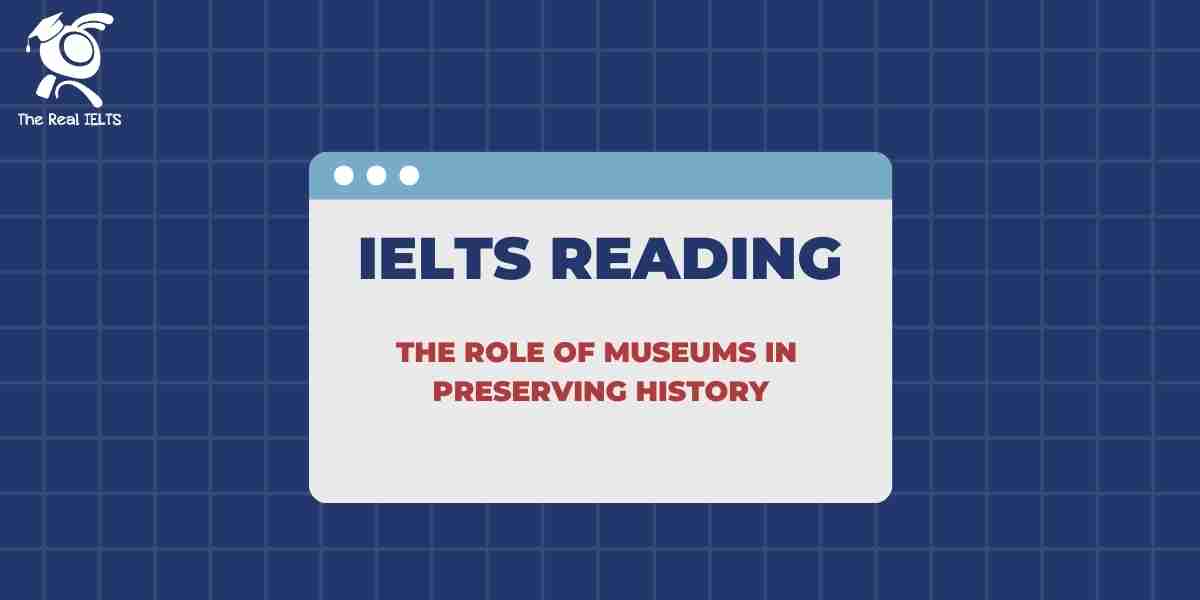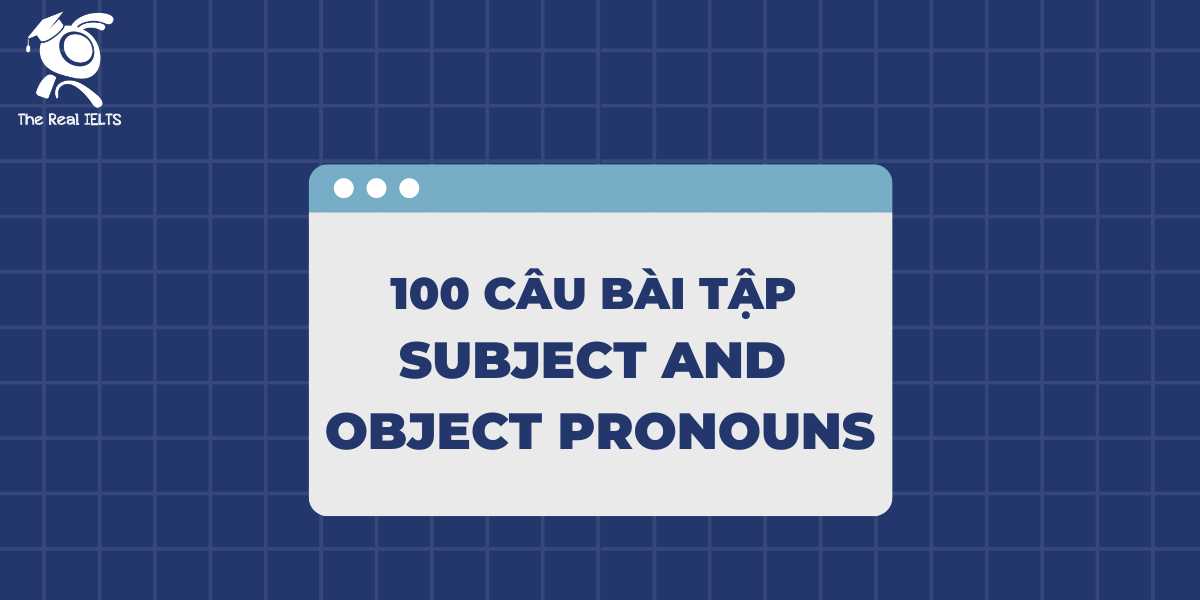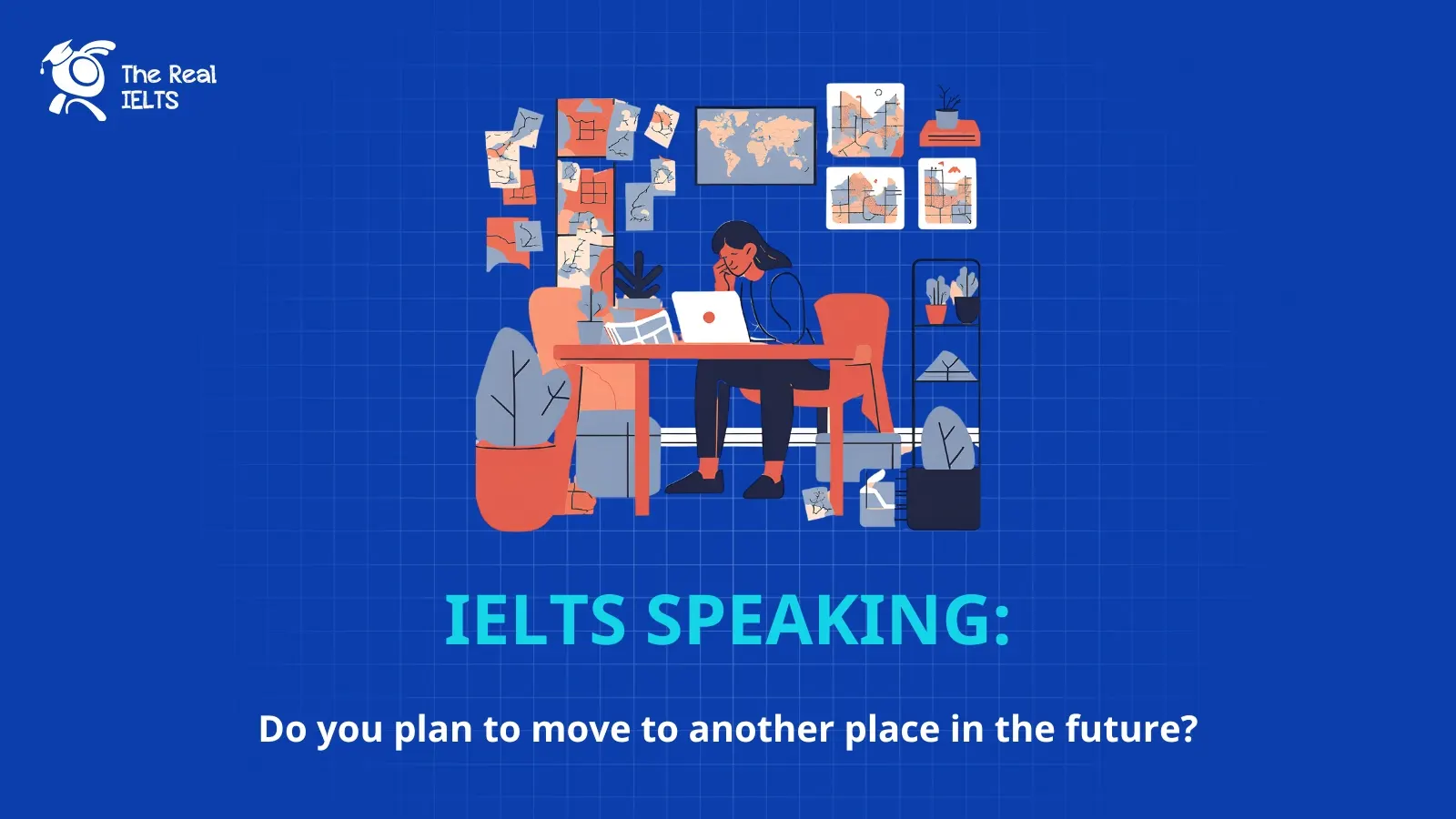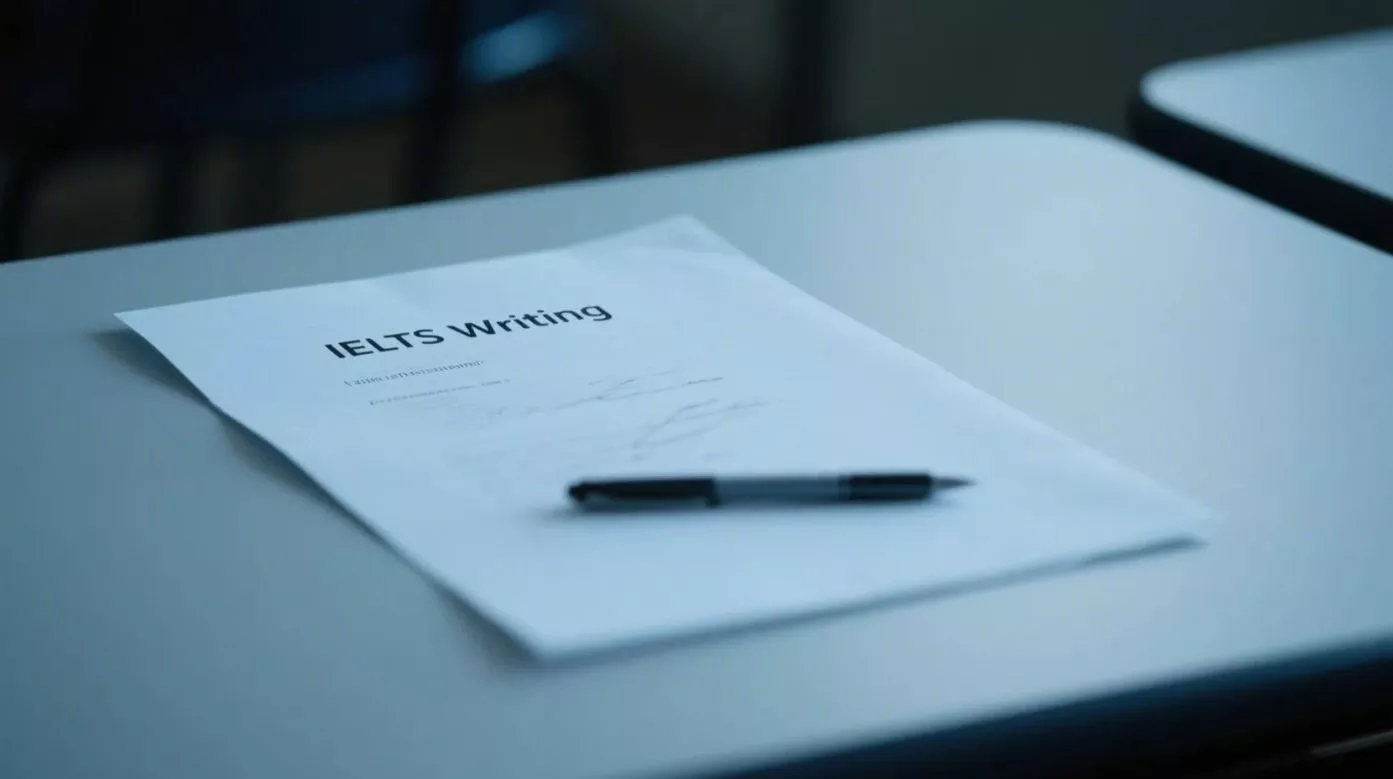Đề thi IELTS Reading có tiêu đề “The Role of Religion in Modern Society”
Nhớ đọc thêm các bài luyện thi IELTS nhé.
IELTS Reading:”The Role of Religion in Modern Society“
Museums play a crucial role in preserving history by safeguarding artifacts, documents, and other significant cultural and historical items for future generations. These institutions serve as custodians of a society’s collective memory, ensuring that the past is not forgotten and that future generations can learn from it. The importance of museums in preserving history cannot be overstated, as they provide a tangible connection to the past, foster an understanding of different cultures, and promote a sense of identity and continuity.
One of the primary functions of museums is to protect and conserve historical artifacts. These objects, which range from ancient relics to modern-day memorabilia, provide invaluable insights into the lives, customs, and achievements of past civilizations. Without museums, many of these items might be lost to time, destroyed by natural decay, or neglected due to lack of proper care. Museums employ specialized staff, including conservators and archivists, who are trained in the preservation and restoration of these items. Their work ensures that artifacts remain intact and accessible for study and appreciation by future generations.
In addition to preserving physical objects, museums also play a vital role in safeguarding intangible heritage, such as oral histories, traditions, and cultural practices. Through exhibitions, educational programs, and community outreach, museums help to document and promote an understanding of these non-material aspects of history. This is particularly important in a rapidly changing world, where globalization and modernization can lead to the erosion of traditional cultures and ways of life. By recording and sharing these intangible elements, museums contribute to the preservation of cultural diversity and the enrichment of global heritage.
Furthermore, museums provide a space for critical reflection and learning. They offer the public an opportunity to engage with history in a meaningful way, encouraging visitors to question, analyze, and interpret the past. Through thoughtfully curated exhibits, museums can present multiple perspectives on historical events, challenging dominant narratives and providing a more nuanced understanding of history. This critical engagement helps to foster an informed and empathetic society, where individuals are better equipped to understand the complexities of the present and make informed decisions for the future.
Museums also serve as educational resources, offering a wealth of knowledge to students, researchers, and the general public. Many museums collaborate with schools and universities to develop educational programs that complement formal education, providing hands-on learning experiences that bring history to life. These programs often include guided tours, workshops, and interactive exhibits, which can enhance students’ understanding of historical concepts and encourage a lifelong interest in history. For researchers, museums provide access to primary sources and specialized collections that are invaluable for academic study.
Moreover, museums play a significant role in fostering a sense of identity and continuity within communities. By preserving and showcasing the history and culture of a particular group, museums help to strengthen communal bonds and promote a sense of pride in shared heritage. This is especially important for marginalized or underrepresented communities, whose histories may have been overlooked or distorted in mainstream narratives. Museums can give voice to these communities, ensuring that their stories are told and their contributions recognized.
In conclusion, museums are essential institutions for preserving history. They protect and conserve physical and intangible heritage, provide spaces for critical reflection and learning, and contribute to the education and identity of communities. As custodians of our collective memory, museums ensure that the lessons of the past are not lost and that future generations can continue to learn from the rich tapestry of human history. In a world where the pace of change is accelerating, the role of museums in preserving history is more important than ever.
Đề bài thi IELTS Reading
1. Multiple Choice (Trắc nghiệm)
- What is one of the primary roles of museums?
- A) Promoting modern art
- B) Safeguarding historical artifacts
- C) Hosting cultural festivals
- D) Creating new traditions
- How do museums help to preserve intangible heritage?
- A) By storing physical objects
- B) Through exhibitions and educational programs
- C) By replacing traditional cultures
- D) By promoting globalization
- Who is primarily responsible for the preservation and restoration of artifacts in museums?
- A) Historians
- B) Conservators and archivists
- C) Museum visitors
- D) Cultural festival organizers
- Why is preserving intangible heritage important in a rapidly changing world?
- A) To promote modernization
- B) To record and share non-material aspects of history
- C) To replace traditional cultures
- D) To enhance globalization
- What is one way museums encourage critical reflection and learning?
- A) By offering free entry to all visitors
- B) Through interactive exhibits and guided tours
- C) By providing only one perspective on historical events
- D) By restricting access to certain collections
- How do museums contribute to the education of students?
- A) By creating new historical events
- B) By collaborating with schools and universities
- C) By offering online-only resources
- D) By focusing solely on modern history
- What role do museums play for marginalized or underrepresented communities?
- A) Overlooking their histories
- B) Distorting mainstream narratives
- C) Strengthening communal bonds
- D) Ignoring their contributions
- What is a critical reason for the role of museums in today’s world?
- A) The increasing pace of modernization
- B) The decline of traditional education systems
- C) The reduction of cultural festivals
- D) The preservation of only modern artifacts
2. True/False/Not Given
- Museums only preserve physical objects.
- A) True
- B) False
- C) Not Given
- Museums provide a single, dominant narrative on historical events.
- A) True
- B) False
- C) Not Given
- Only ancient relics are preserved in museums.
- A) True
- B) False
- C) Not Given
- Museums play a role in the erosion of traditional cultures.
- A) True
- B) False
- C) Not Given
- Museums collaborate with schools to enhance students’ understanding of history.
- A) True
- B) False
- C) Not Given
- Museums often ignore the histories of marginalized communities.
- A) True
- B) False
- C) Not Given
3. Yes/No/Not Given
- The author believes that museums are essential for the preservation of cultural diversity.
- A) Yes
- B) No
- C) Not Given
- The author thinks museums should only focus on modern history.
- A) Yes
- B) No
- C) Not Given
- The author believes that museums help in creating new traditions.
- A) Yes
- B) No
- C) Not Given
- The author believes that the pace of change makes museums’ roles more critical.
- A) Yes
- B) No
- C) Not Given
4. Matching Information (Nối thông tin)
- Which paragraph discusses the role of museums in fostering critical reflection?
- A) Paragraph 1
- B) Paragraph 2
- C) Paragraph 4
- D) Paragraph 6
- Which paragraph mentions the role of museums in safeguarding intangible heritage?
- A) Paragraph 1
- B) Paragraph 2
- C) Paragraph 3
- D) Paragraph 4
- Which paragraph discusses museums as educational resources?
- A) Paragraph 2
- B) Paragraph 3
- C) Paragraph 5
- D) Paragraph 6
5. Matching Headings (Nối tiêu đề với đoạn văn)
- Paragraph 1
- A) The importance of educational programs
- B) Protecting and conserving artifacts
- C) The role of museums in community identity
- D) Promoting modern art
- Paragraph 3
- A) The importance of critical reflection
- B) Conserving intangible heritage
- C) Educational resources
- D) Documenting traditional cultures
6. Matching Features (Nối đặc điểm)
- Conservators
- A) Develop educational programs
- B) Restore and preserve artifacts
- C) Oversee museum exhibits
- D) Promote cultural diversity
- Museums
- A) Only store ancient relics
- B) Encourage critical reflection
- C) Focus on single narratives
- D) Ignore marginalized communities
7. Matching Sentence Endings (Nối phần kết câu)
- Museums employ conservators and archivists to…
- A) …create new artifacts for display.
- B) …protect and restore historical items.
- C) …lead community outreach programs.
- D) …develop interactive exhibits.
- By recording and sharing intangible heritage, museums…
- A) …promote globalization.
- B) …contribute to cultural erosion.
- C) …enrich global heritage.
- D) …replace traditional cultures.
8. Sentence Completion (Hoàn thành câu)
- Museums ensure that the lessons of the past are…
- A) …forgotten.
- B) …distorted.
- C) …ignored.
- D) …not lost.
- Museums provide a space for critical reflection by…
- A) …presenting multiple perspectives on historical events.
- B) …offering a single dominant narrative.
- C) …focusing solely on modern history.
- D) …limiting access to primary sources.
- The work of conservators and archivists is essential for…
- A) …replacing traditional cultures.
- B) …preserving artifacts for future generations.
- C) …promoting modern art.
- D) …creating new traditions.
9. Summary Completion (Hoàn thành tóm tắt)
- Museums play a critical role in preserving both physical and intangible heritage. This includes safeguarding artifacts, which provide insights into past civilizations, and protecting _________ such as oral histories and cultural practices.
- A) Modern art
- B) Traditional cultures
- C) Globalization effects
- D) Tangible heritage
- By fostering critical reflection, museums help the public engage with history in a meaningful way, encouraging them to question and analyze the past, which is vital for an _________ society.
- A) Uninformed
- B) Informed
- C) Ignorant
- D) Detached
10. Diagram Label Completion (Hoàn thành nhãn của sơ đồ)
- Complete the following labels in a diagram showing the roles of museums:
- A) Preservation of _________.
- B) Promotion of _________ diversity.
- C) _________ education and engagement.
11. Short Answer Questions (Câu hỏi trả lời ngắn)
- What is one of the primary functions of museums?
- How do museums contribute to preserving intangible heritage?
- Who is responsible for the restoration of artifacts in museums?
- What kind of heritage do museums help to protect aside from physical objects?
- How do museums promote critical reflection?
- What role do museums play in education?
- How do museums support marginalized communities?
Đáp án bài thi IELTS Reading
1. Multiple Choice (Trắc nghiệm)
- B) Safeguarding historical artifacts
- B) Through exhibitions and educational programs
- B) Conservators and archivists
- B) To record and share non-material aspects of history
- B) Through interactive exhibits and guided tours
- B) By collaborating with schools and universities
- C) Strengthening communal bonds
- D) The preservation of only modern artifacts
2. True/False/Not Given
- B) False
- B) False
- B) False
- B) False
- A) True
- B) False
3. Yes/No/Not Given
- A) Yes
- B) No
- B) No
- A) Yes
4. Matching Information (Nối thông tin)
- C) Paragraph 4
- C) Paragraph 3
- C) Paragraph 5
5. Matching Headings (Nối tiêu đề với đoạn văn)
- B) Protecting and conserving artifacts
- B) Conserving intangible heritage
6. Matching Features (Nối đặc điểm)
- B) Restore and preserve artifacts
- B) Encourage critical reflection
7. Matching Sentence Endings (Nối phần kết câu)
- B) …protect and restore historical items.
- C) …enrich global heritage.
8. Sentence Completion (Hoàn thành câu)
- D) …not lost.
- A) …presenting multiple perspectives on historical events.
- B) …preserving artifacts for future generations.
9. Summary Completion (Hoàn thành tóm tắt)
- B) Traditional cultures
- B) Informed
10. Diagram Label Completion (Hoàn thành nhãn của sơ đồ)
- A) Preservation of artifacts.
- B) Promotion of cultural diversity.
- C) Educational engagement.
11. Short Answer Questions (Câu hỏi trả lời ngắn)
- Safeguarding historical artifacts.
- Through exhibitions, educational programs, and community outreach.
- Conservators and archivists.
- Intangible heritage, such as oral histories and cultural practices.
- By presenting multiple perspectives on historical events.
- By collaborating with schools and universities to develop educational programs.
- By strengthening communal bonds and promoting a sense of pride in shared heritage.
Luyện tập bài khác ở bài viết:”100 bài luyện IELTS Reading 2024 – 2025“















